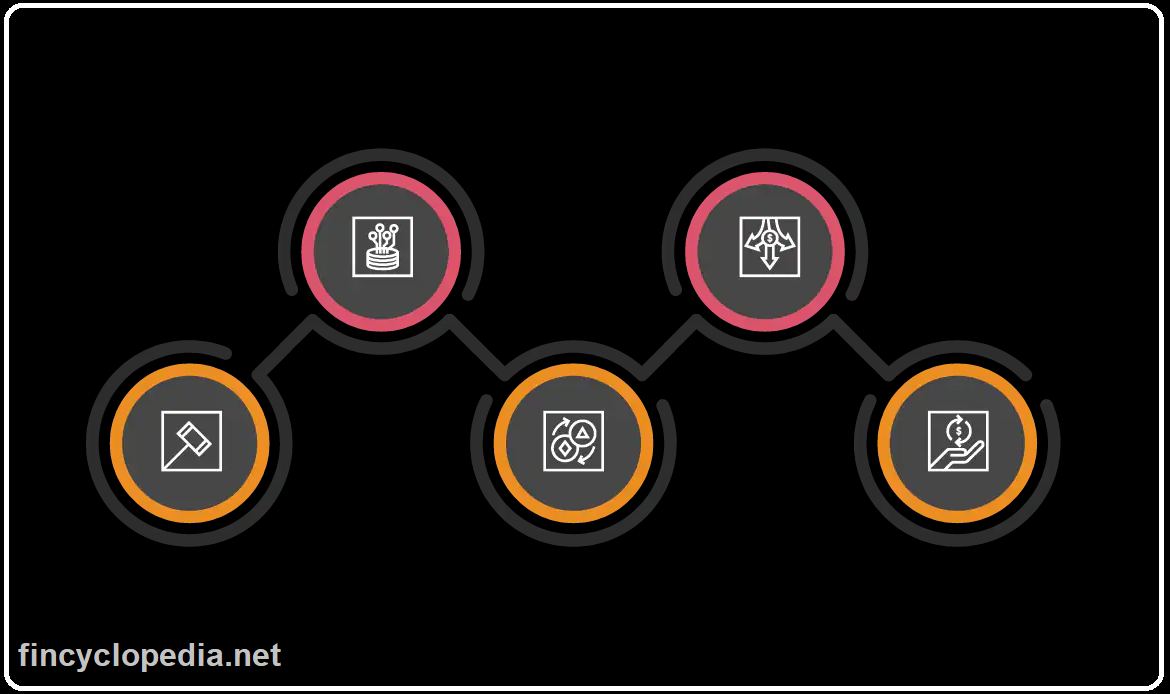The risk to the value of an asset, an investment, or a portfolio (e.g., a portfolio of options), that arises from unpredictable changes in its volatility at a certain date or during a certain period of time. This risk usually reflects the unfavorable (i.e., negative) effects of such changes on the value or price of the underlying in response to change in specific risk factors.
In relation to options and option portfolios, investors are compensated for taking volatility risk with the so-called volatility risk premium. Conceptually it constitutes the difference between options-implied and expected realized volatility.
In general, the volatility risk premium (VRP) is compensation for bearing the price volatility risk of a financial contract/ product. Specifically, it represents the difference between risk-neutral (options-implied) and real-life expectations of returns variation. In equity markets, this premium is, and should be, positive in the long term. It fluctuates over time reflecting the market price for protection against future changes in price volatility.




